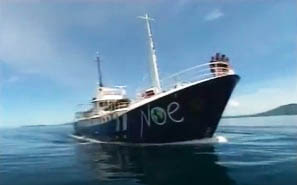
The history of Noé
SIGNIFICANT MILESTONES IN THE ASSOCIATION’S HISTORY
For more than 20 years, it has been working, both in France and abroad, to protect biodiversity.
To this end, Noé has introduced programmes to protect endangered species, manage natural protected areas, restore ordinary biodiversity and natural environments, reconnect mankind with nature, and support economic activities and civil society organizations that help protect biodiversity.
-
1998Arnaud Greth meets Olivier Chiabodo, a French media personality known for presenting several TV programmes.Together they make Les Carnets de Noé or Noé’s Diaries, a documentary series for television. The team set off on their explorer boat to meet men and women closer to nature. They record five shows (in Greece, Turkey, the Suez Canal…) before the project eventually comes to an end.

Boat of the show Les carnets de Noé -
2000The foundations for a charitable organization are laid thanks to Les Carnets de Noé. From all this, the idea for an Association emerges.For improved efficiency, the Association is fostered and nurtured for the first few years by WWF France, with the support of its Director General, Cédric du Monceau, and the Fondation pour la Nature et l’Homme (FNH - Foundation for Nature and Mankind) and its President, Nicolas Hulot.WWF France and the FNH help Noé carry out its projects and expedite its plans, by providing human, financial and methodological support.
-
2001The association Noé Conservation is officially established on the 21st of June (and gazetted in the Journal Officiel).
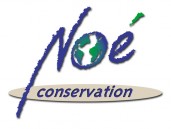 Noé’s aim at this time is to «help save endangered species, flora and fauna throughout the world; contribute to actions taken to preserve nature, protect the environment and promote sustainable development.»
Noé’s aim at this time is to «help save endangered species, flora and fauna throughout the world; contribute to actions taken to preserve nature, protect the environment and promote sustainable development.» -
2001 - 2003These mark the first proper years of Noé.The Association launches a major campaign, « L’Arche de Noé » or “Noé’s Ark”, seeking funding to help implement its projects and further its plans. Around one hundred companies are approached.The Autoroutes du Sud de la France (now called Vinci) is the first company to provide the funding necessary for Noé’s development.
-
2004Noé’s first paid employee is appointed on the 1st of April.With Arnaud Greth, they set up Noé’s first programme which is still operational today: the Observatoire des Papillons des Jardins or “Garden Butterfly Observatory” (now called "Opération Papillons" or “Operation Butterflies.”) This citizen science programme is a great success.
 Noé subsequently experiences a period of rapid growth. The Association organizes two exhibitions which help raise its profile and visibility.
Noé subsequently experiences a period of rapid growth. The Association organizes two exhibitions which help raise its profile and visibility. -
2008
The Association now has a team of eight paid staff members and an operating budget of more than one million Euros.
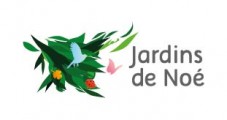
As alogical next step to Opération Butterflies, Noé establishes the Jardins de Noé or Noé’s Gardens, a programme that is still running today. It gathers gardeners around a charter of good practice which encourages biodiversity.
-
2009Noé receives major financial support from Bouygues Construction, enabling it to design and launch new programmes in France focusing on ordinary biodiversity: the protection of pollinating insects, the fight against light pollution, the management of the built environment and land planning...Noé gradually begins to adopt a stance on a wide variety of issues and come up with solutions.
-
2012The Association starts to restructure and sets up different centres to help ensure its development: administration and financial departments, communications, fund-raising and development...The number of salaried staff increases.
-
2013
Noé continues on its exciting journey, opening up internationally.
For example, it develops nature conservation projects in Niger and Chad, where it is still active today.
-
2015To coincide with the COP21 held in Paris, Noé launches the “Voice of Nature” campaign to ensure that biodiversity conservation is included in the Paris agreement.This campaign features Koko, a female gorilla, one of the few animals who knows how to communicate through sign language.
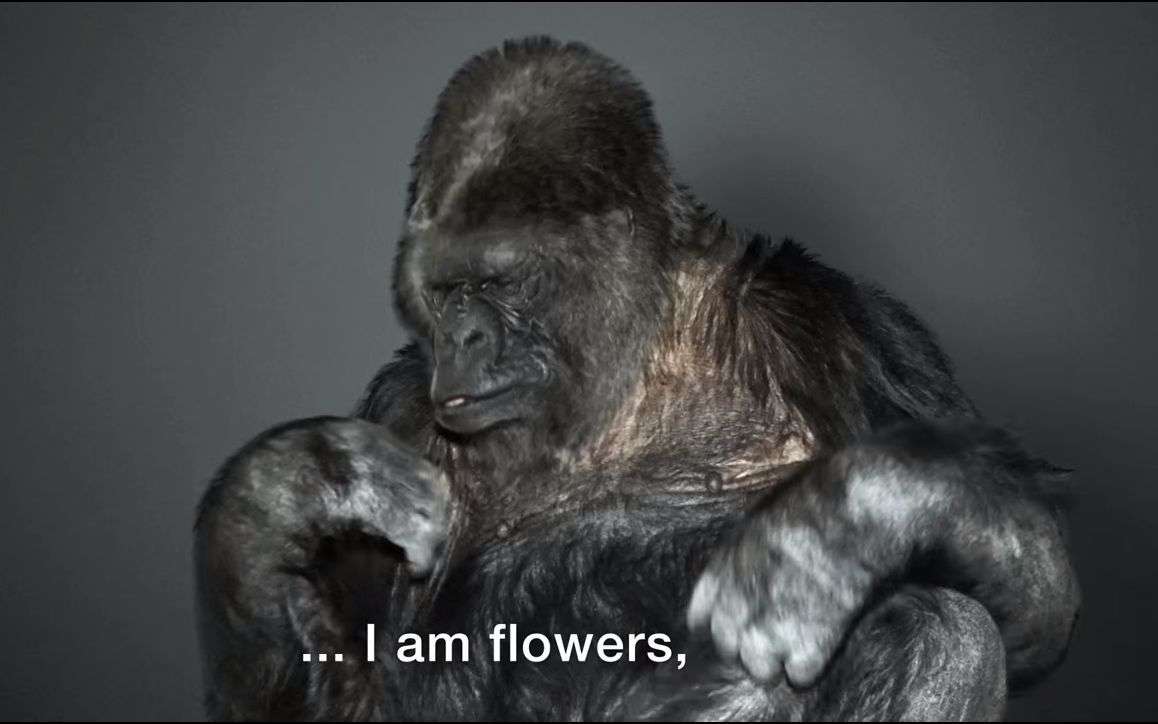
Koko the gorilla -
2015The Association launches its new visual identity, including its new logo.
 It changes its name from “Noé Conservation” to the more streamlined “Noé.”Its logo features a butterfly, a symbol of ordinary biodiversity.Its motto becomes « Biodiversité, nos vies sont liées ! » or « Biodiversity, our lives are connected. »
It changes its name from “Noé Conservation” to the more streamlined “Noé.”Its logo features a butterfly, a symbol of ordinary biodiversity.Its motto becomes « Biodiversité, nos vies sont liées ! » or « Biodiversity, our lives are connected. » -
2016Noé launches a national awareness-raising campaign, highlighting the threats posed to ordinary biodiversity and the essential role played by the many, lesser-known species that surround us.This campaign is called “Dans l'ombre des plus grands, les plus petits disparaissent” or “In the shadow of the biggest, the smallest disappear.”
-
2016Noé starts to lay the groundwork for what, some two years later, will become the “Parcs de Noé” or “Noé’s parks.”
 Noé is increasingly involved internationally, and in Africa in particular, participating in the delegated management of protected areas.
Noé is increasingly involved internationally, and in Africa in particular, participating in the delegated management of protected areas. -
2018Creation of the first Parc de Noé in Niger: the Termit and Tin-Toumma National Nature Reserve.
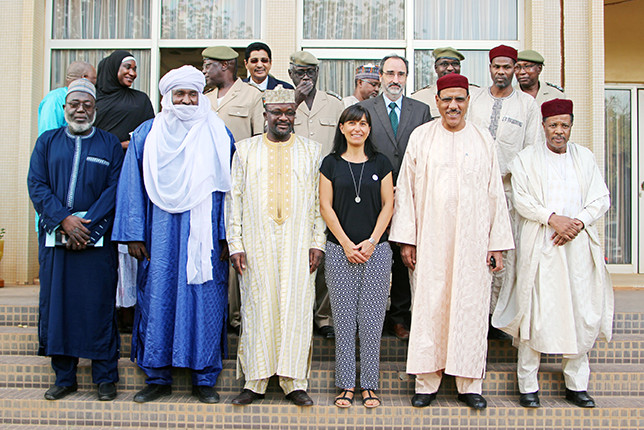 Noé signs a 20-year Protected Area Management agreement.
Noé signs a 20-year Protected Area Management agreement. -
2019Noé launches “Stop pesticides!” and organizes mobilization and lobbying activities to extend Labbé’s Law to all public environments.As part of this process, the Association drafts a manifesto, publishes a petition, and hosts a symposium at the Senate to prohibit the use of synthetic pesticides in all public environments.
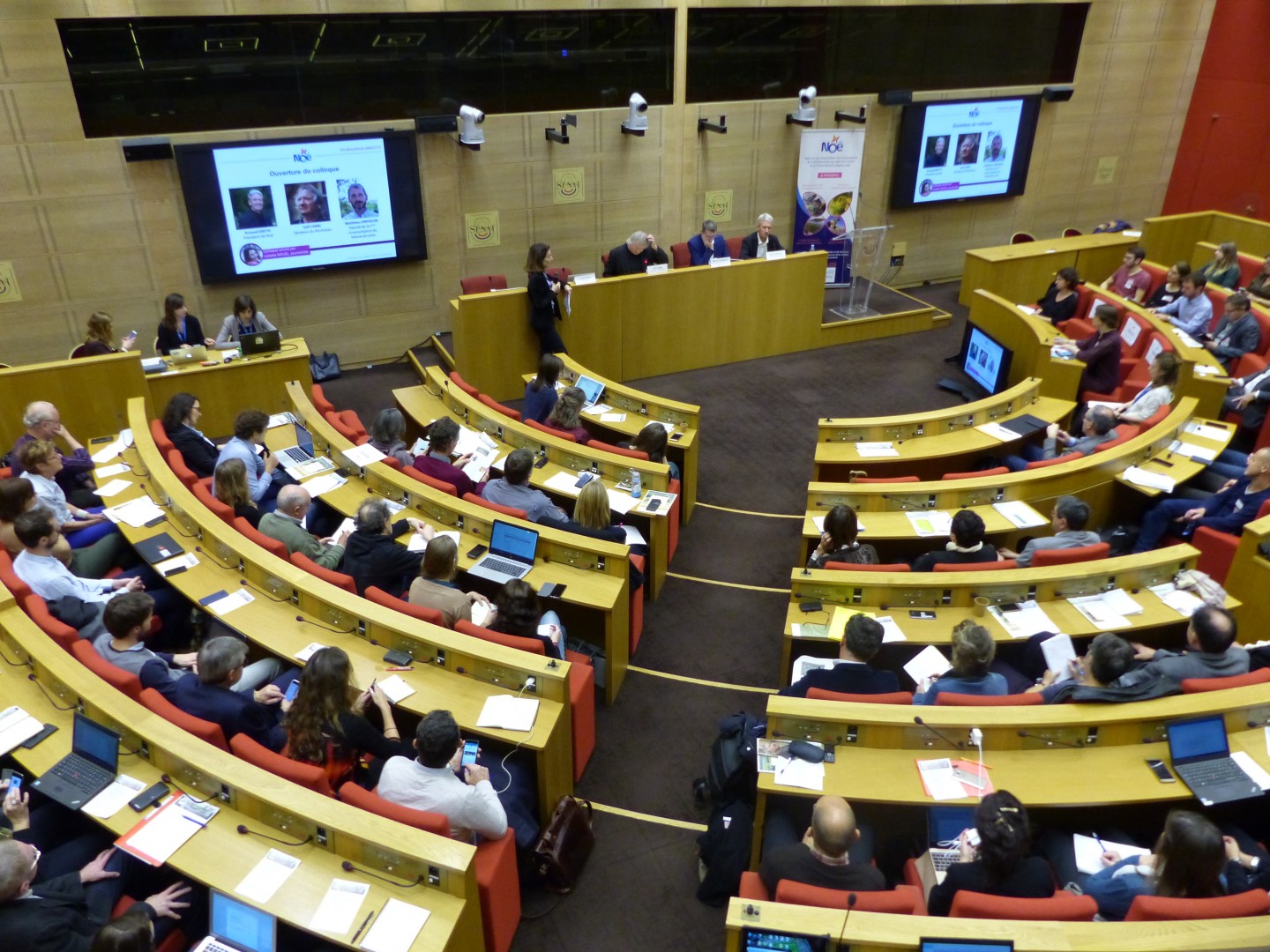
-
2019Noé merges with the Association Man and Nature whose projects now form part of Noé’s mission “Filières pro-biodiversité" or “Pro-biodiversity value chains.”These projects, which mainly run in Ghana and Cameroon, operate on the fringes of protected areas and within native communities.
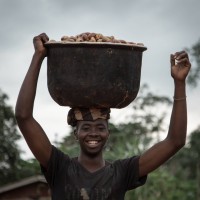 The aim is to provide support, assisted by local NGOs, guiding communities towards activities that will help preserve local biodiversity and generate a sustainable income.
The aim is to provide support, assisted by local NGOs, guiding communities towards activities that will help preserve local biodiversity and generate a sustainable income. -
2020Noé’s international centre sets up in Marseille.The Association now has 2 bases in mainland France, including a Paris office.
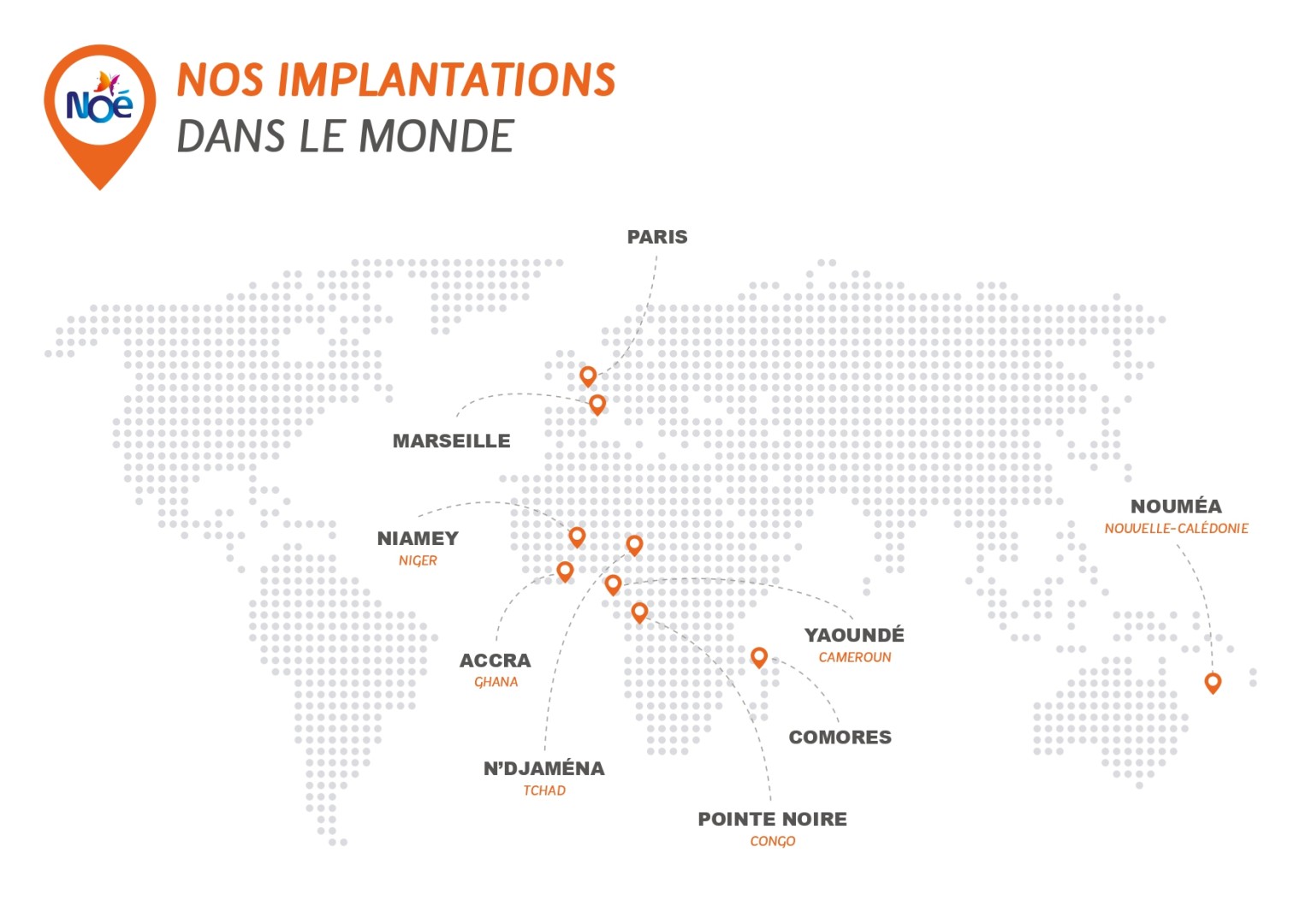
Noé has 7 other branches elsewhere in the world, so it can work closer to the ground: Niger, Ghana, Chad, Cameroon, Comoros, Congo and New-Caledonia.
-
2021Noé launches its major public engagement campaign, “Urgence Biodiversité” or “Biodiversity Emergency,” requesting the inclusion of biodiversity in the French Constitution and supporting a binding proposal.
 Backed by more than 25 high-profile individuals, including MPs, lawyers, journalists and artists, the Association signs an appeal published in Libération and launches an on-line petition.
Backed by more than 25 high-profile individuals, including MPs, lawyers, journalists and artists, the Association signs an appeal published in Libération and launches an on-line petition. -
2021
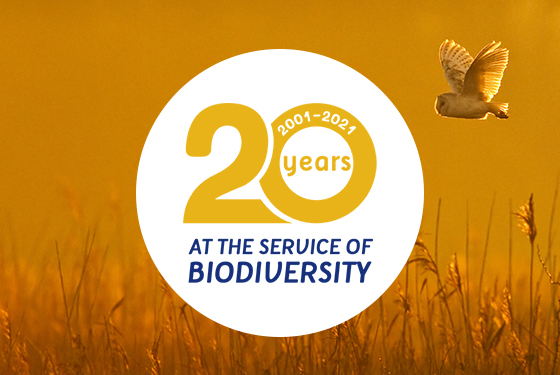 Noé celebrates its 20th anniversary !
Noé celebrates its 20th anniversary ! -
2021IUCN World Conservation CongressNoé is taking part in this key meeting of the conservation world, one of whose objectives is to formulate recommendations to respond to the ecological emergency.Noé is thus participating in the preparation of a new global agreement to be discussed in Kunming (COP15 biodiversity) in 2022.
-
2022
Noé publishes the first-ever barometer on "The French, their food and biodiversity".
Until now, there have been very few studies to accurately characterize the state of public knowledge and expectations in terms of biodiversity protection and its link to food. Noé has therefore taken up this subject through its study, to establish this state of affairs and use it as a starting point for awareness-raising actions by the various players, both private and public, within the agri-food sector. -
